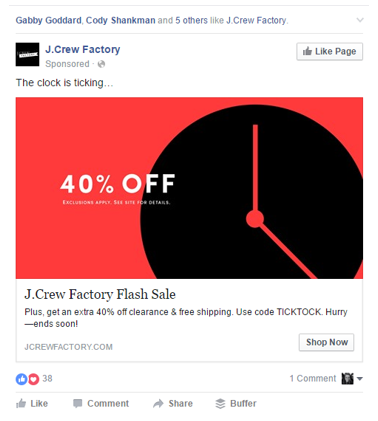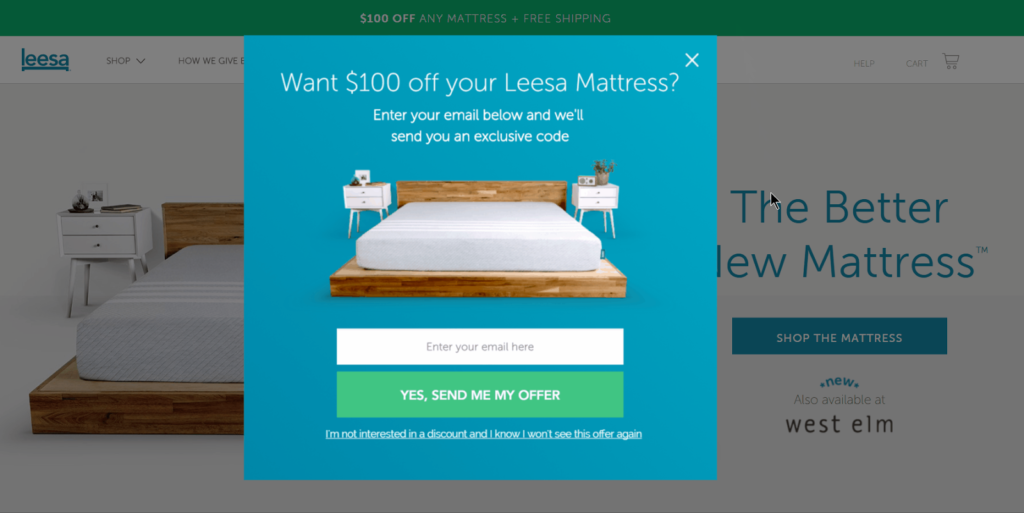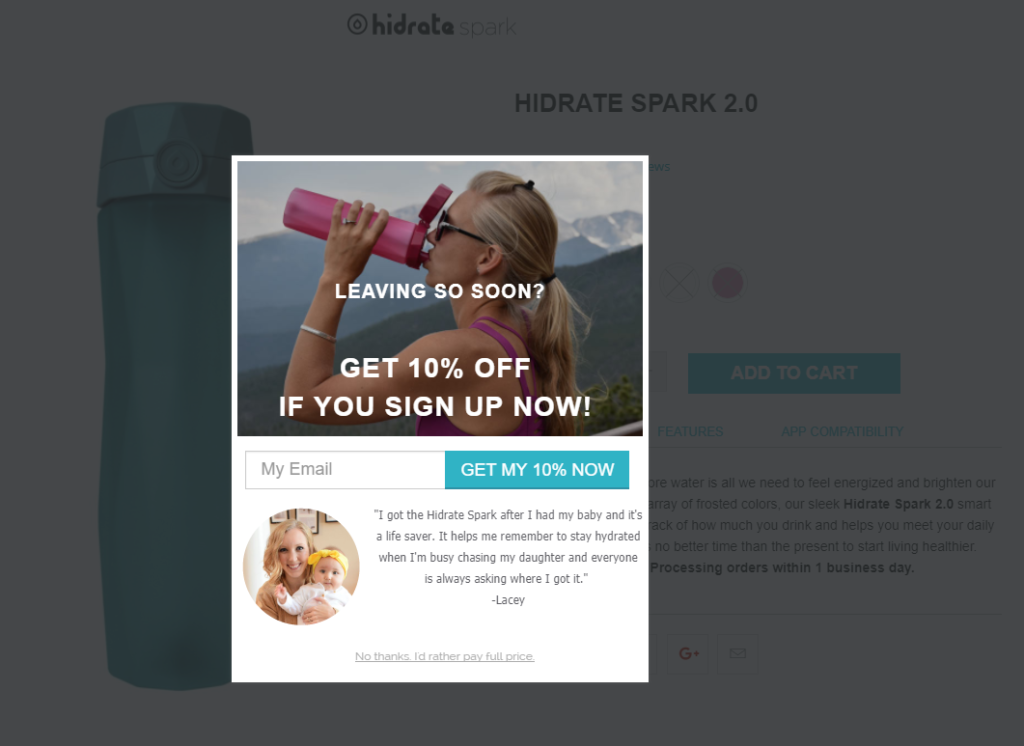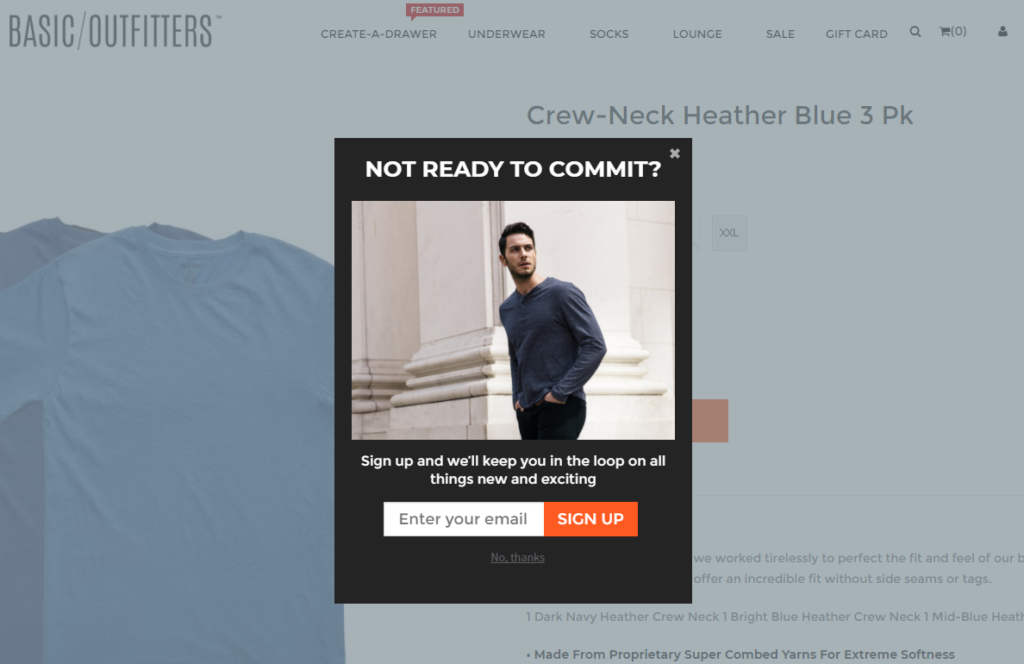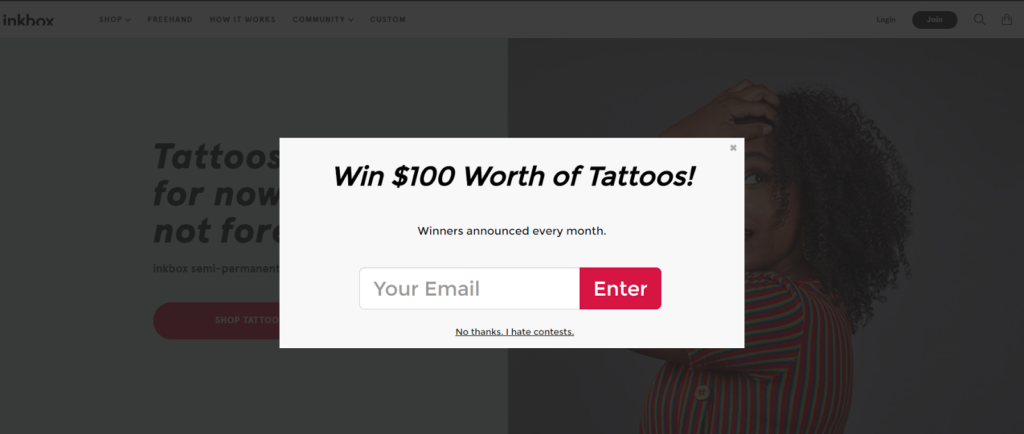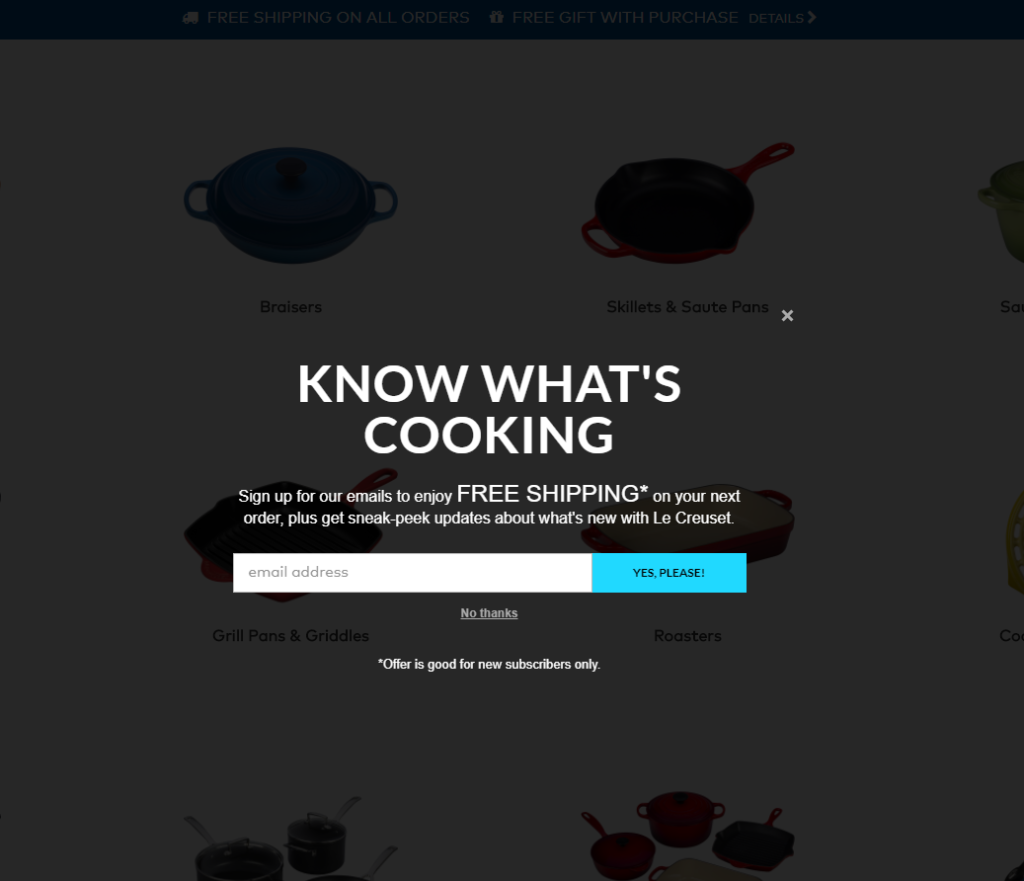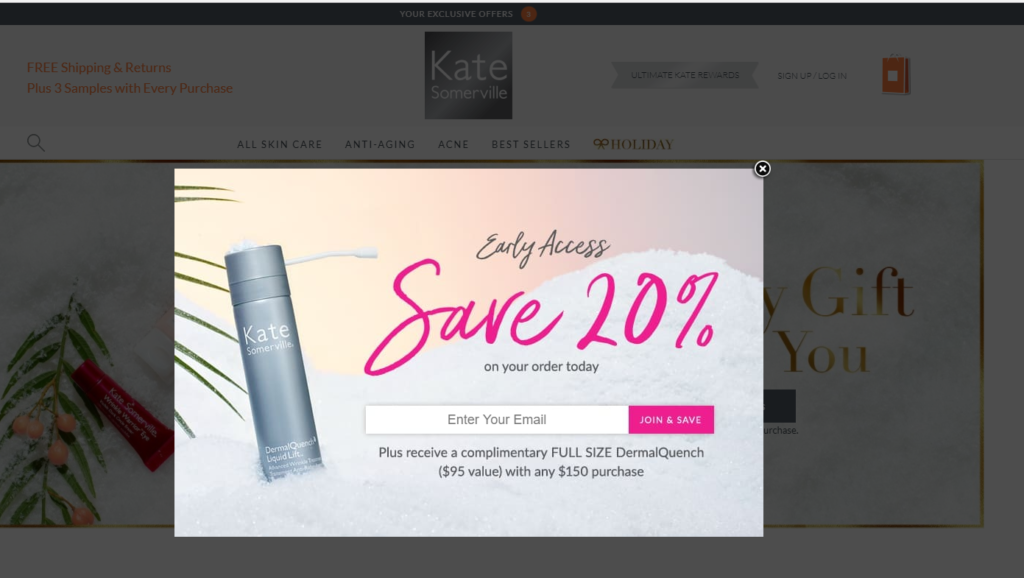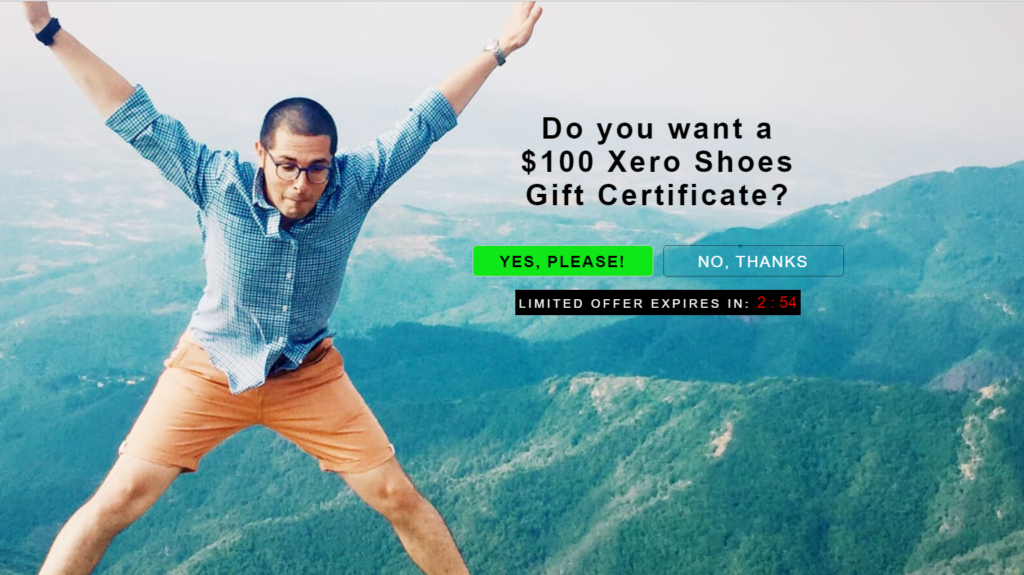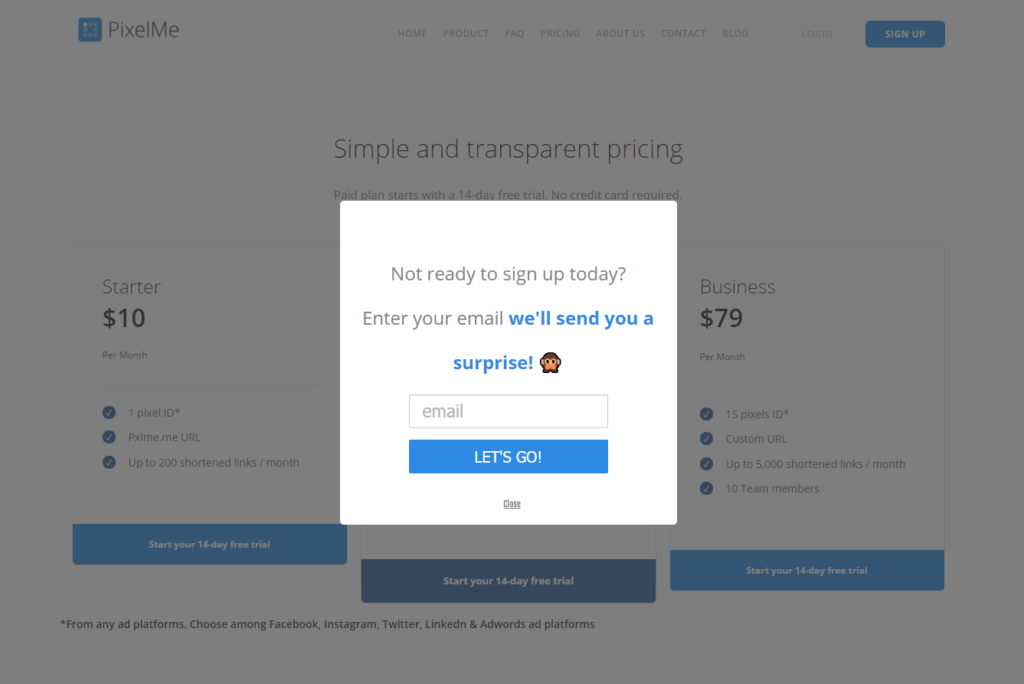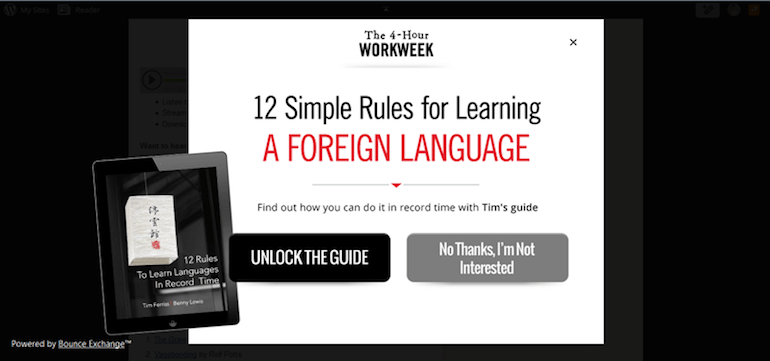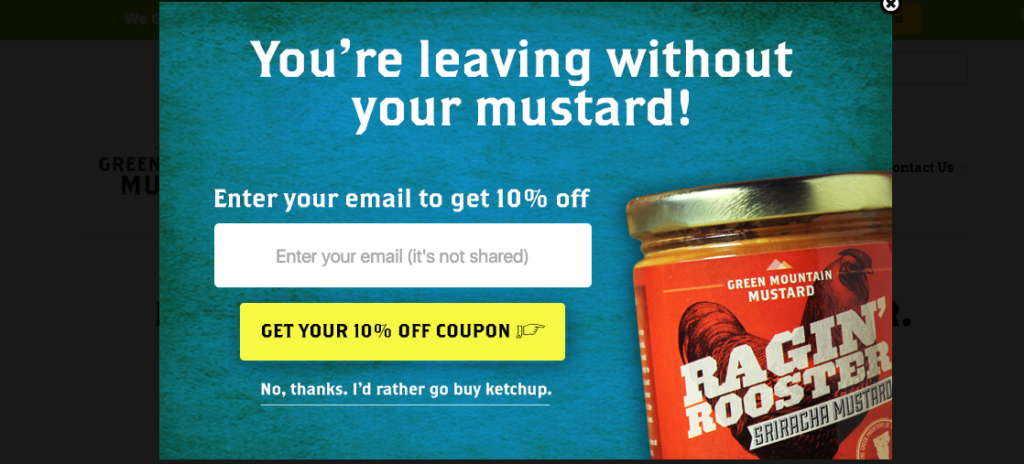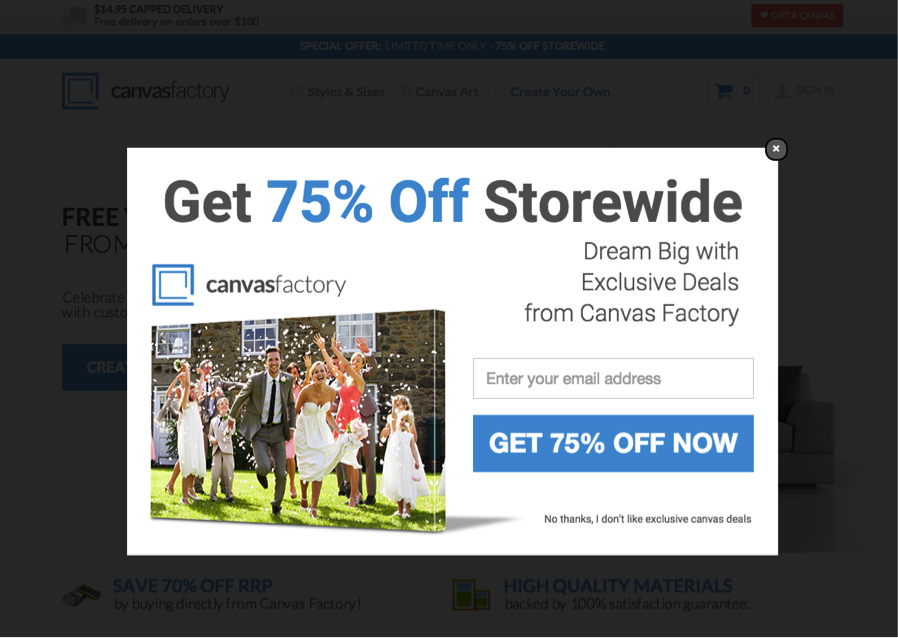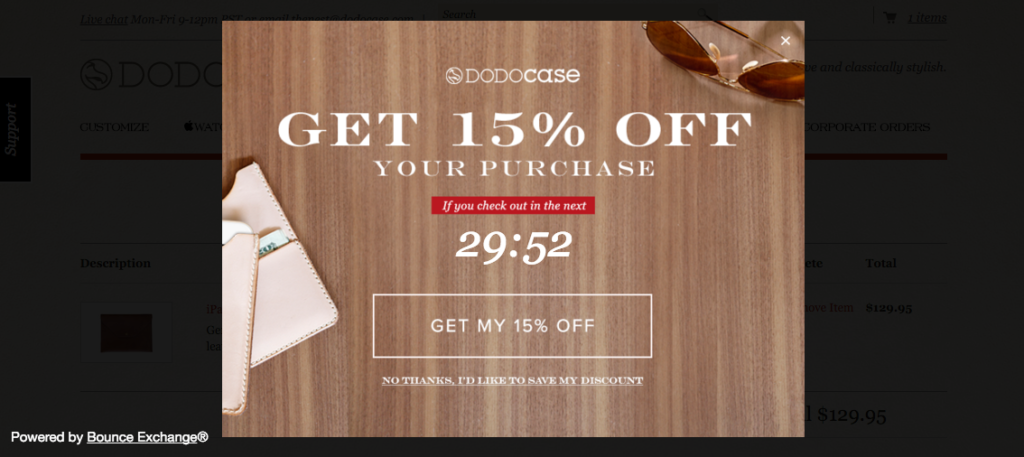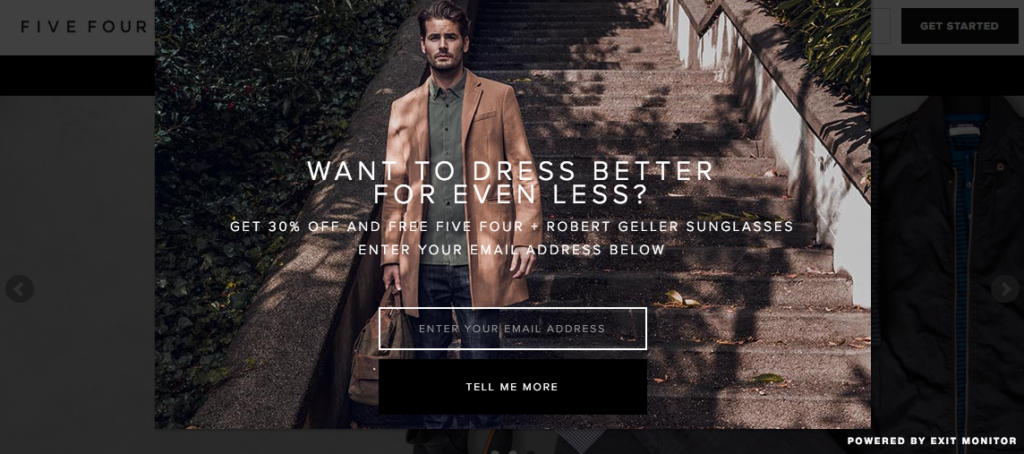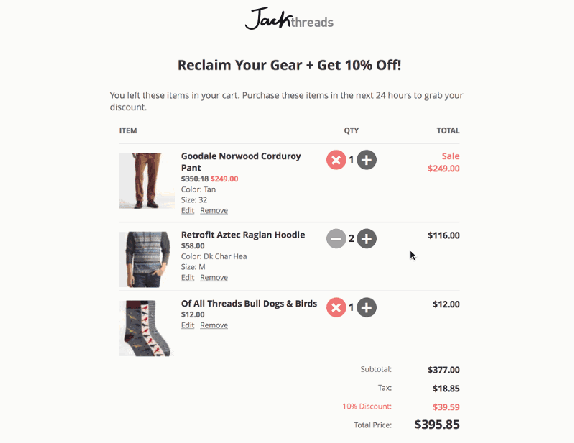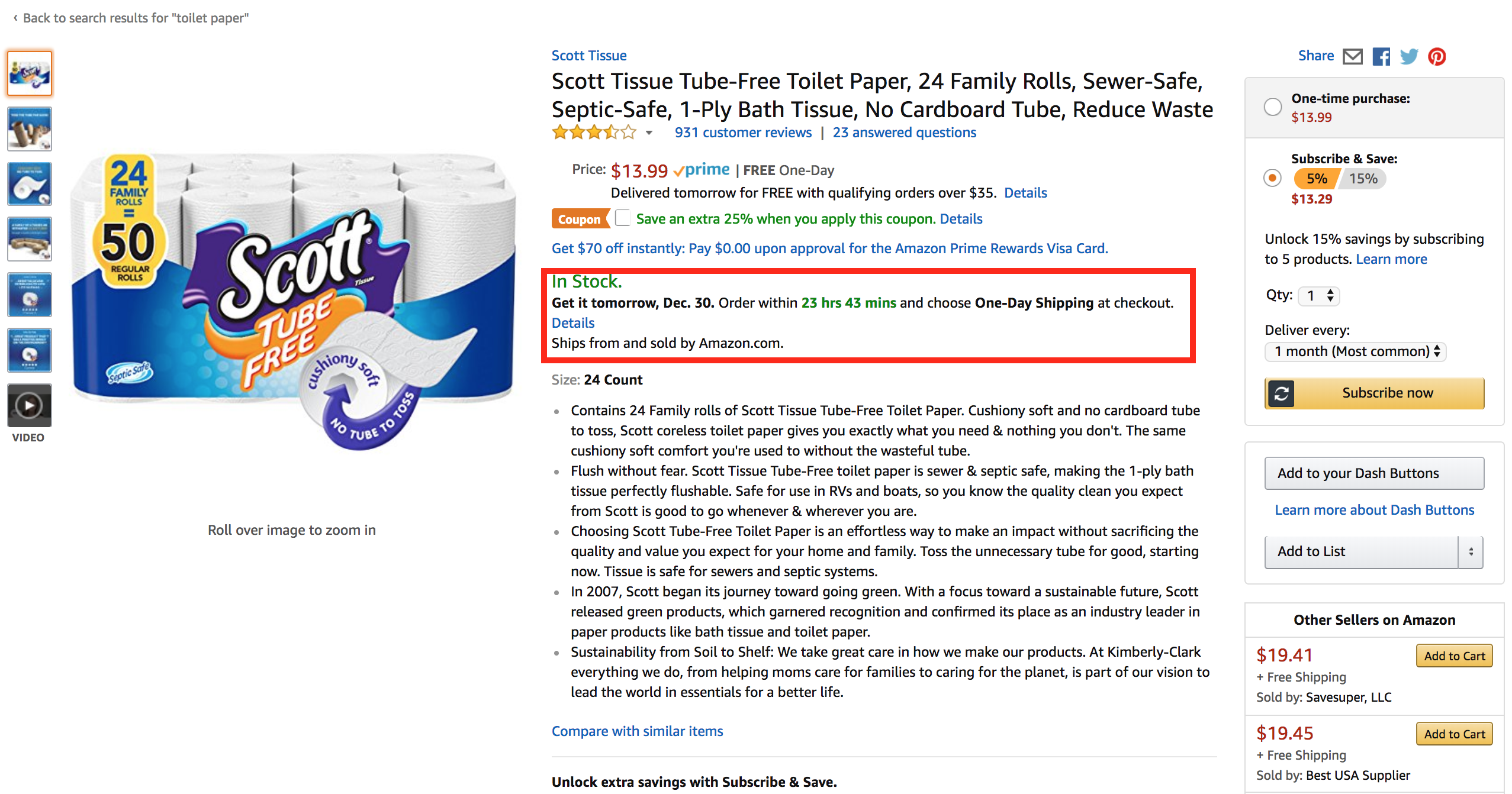Starting in 2018, you’ll be able to extend your abandonment emails to EVERY VISITOR on your site, whether you have their email address OR NOT. This is an eCommerce game changer. You might be asking yourself – how is this possible? The answer: noCRM email retargeting.
Note: This IS NOT the same as taking a list of email addresses and throwing them into a retargeting campaign.
Use Case: Today you use triggered abandoned cart emails when you can identify a logged-in visitor. It’s your #1 conversion tool. Only 5% of your visitors shop logged-in. What happens to the other 95%? Now imagine, if you had an email address for every one of those people, and automated abandoned cart/website campaigns running. Is the hamster wheel in your head turning yet? Because it should be.
With 44%+ open rates from abandoned cart emails and higher conversion rates than the majority of your marketing campaigns, noCRM Email Retargeting is set to be the biggest game-changer for ecommerce businesses. If you receive 10% of your revenue from your abandoned cart campaigns, and you’re only targeting 5% of your audience – then if you can target an additional 5%, that’s another 10% more revenue. Companies like BouncePilot can identify 15%-50% of your website visitors and email them on your behalf. The math isn’t difficult on this one.





